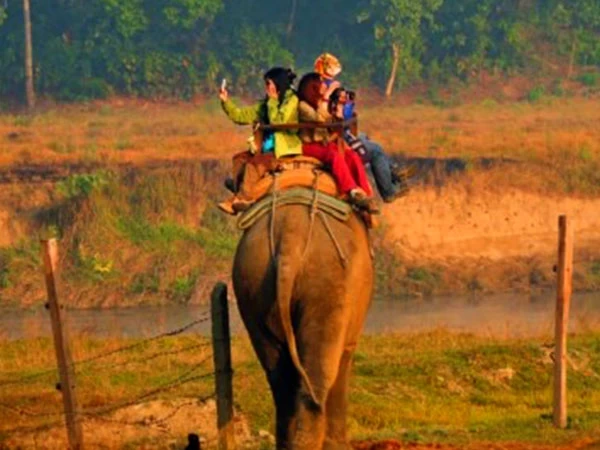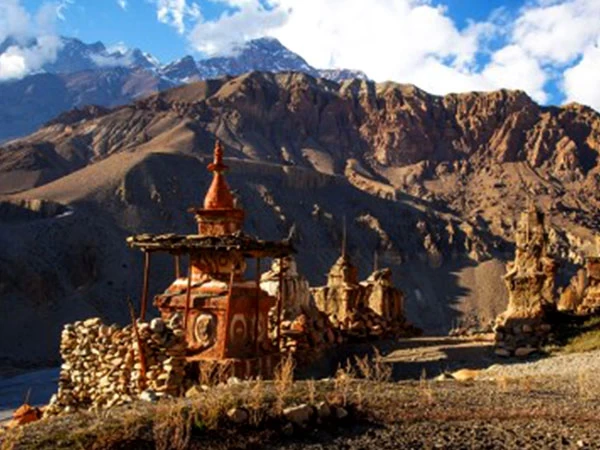When a climber researches about Mount Everest, before climbing the peak, they come across so many interesting things, for instance the details about the different climbers who’ve reached the peak, the strategies that they used, numerous Mount Everest related facts and figures, and so on. It is crucial that they research about everything related to the peak, as the information would help them have clear expectations, be realistic, and prepare for the journey in the best possible way, so that they’re able to achieve what they’re looking for. The research shouldn’t just include the positive things, i.e. success stories and all, it should also feature lesser known places like the Mount Everest Death Zone.
Mount Everest Death Zone is a dark side of Everest that has been kept hidden. Many say that it is haunted, the others simply fear it for all the deaths that have occurred here. People don’t necessarily try to hide it, but it is definitely one of the aspects of Mount Everest that is rarely spoken about, or discussed upon. And so, while quite a few people know about it, there are so many others who don’t. As a climber, ascending to reach the summit, the person has to cross this Mount Everest Death Zone, and unless they know about it, and prepared accordingly, crossing the section will prove to be challenging. The idea is to keep an open mind and explore not just the bright but dark aspects of Everest as well. Nevertheless, most climbers embrace the dark side of Everest and look for Everest Expedition packagesto experience the breath-taking thrill of the journey.
Mount Everest Deaths
Mount Everest is one of the deadliest mountains in the world. From June of 1922 till May of 2019, there have been 305 recorded deaths on the peak. When you go on the internet and look for dead bodies on Everest photos, you’re able to feel the horror that goes on at the summit. The dead bodies on Everest photos remind us how ugly the consequences of a bad decision, while climbing Everest, could be.
There are lots of causes that can result in Mount Everest Deaths, for instance, an avalanche, a fall, an existing health condition, exposure to cold, frostbite, and so on. While few of these causes are natural, beyond the control of the climber, there are the rest that the mountaineers could manipulate and prevent. One of the crucial factors that could cause Mount Everest Deaths is the oxygen level.
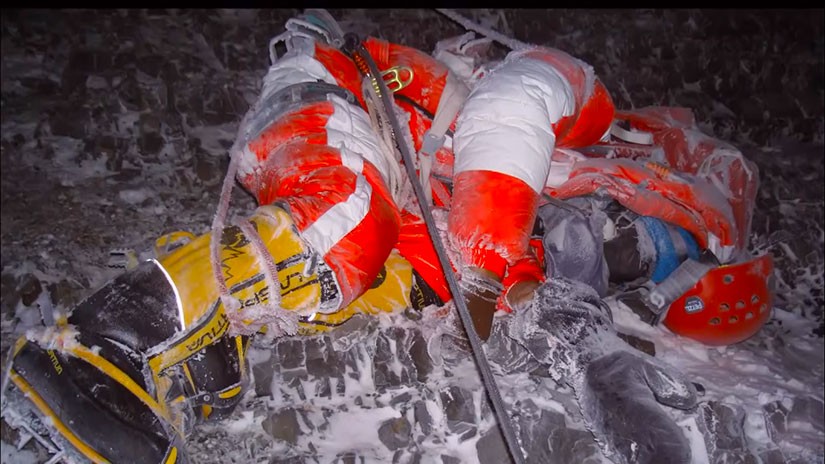
A lot of times, a question is asked, “How low can your oxygen level go before you die?”The oxygen level in the body should be 90% and above. When you go to higher altitude, it drops down. You can survive even when the oxygen level is between 85% and 90%. The problem starts when it goes lower than 84%, as you start losing your cognitive abilities. This is what generally happens on Everest, especially in case of climbers who tend to climb the peak with oxygen cylinders, or any form of supplement oxygen.
And because of poor cognitive functions, they tend to make a mistake, ultimately falling prey to the peak and succumbing to Mount Everest Deaths. To answer the question, how low can your oxygen level go before you die, specifically, it’s 55%. When the oxygen level goes lower than that, a person could die, or in few cases, lose consciousness. The impact depends greatly on adaptive qualities of the climber.
Mount Everest Death Zone
Mount Everest Death Zone is the portion of the peak that falls between the altitude 8000 m and 8848 m. The reason why it’s called Mount Everest Death Zone is because maximum deaths that happen on the peak, happens here. The death zone altitude, which is 8000 m and above is so deadly because the weather out there is extreme and unpredictable. Also, the level of oxygen at the death zone is quite low, and so Mount Everest death zone is deadly especially for climbers who don’t use supplement oxygen.
There are so many Mount Everest death zone facts about climbers who lost their lives in the Mount Everest death zone. What’s horrible about these Mount Everest death zone facts is that they tell us about the condition of those deaths, basically, what caused those deaths and what situation the climbers were in before they died. One of such facts is about Everest Sleeping Beauty, an American climber, FrancysArsentiev, who died because of Frostbite and Edema in the Mount Everest Death Zone.
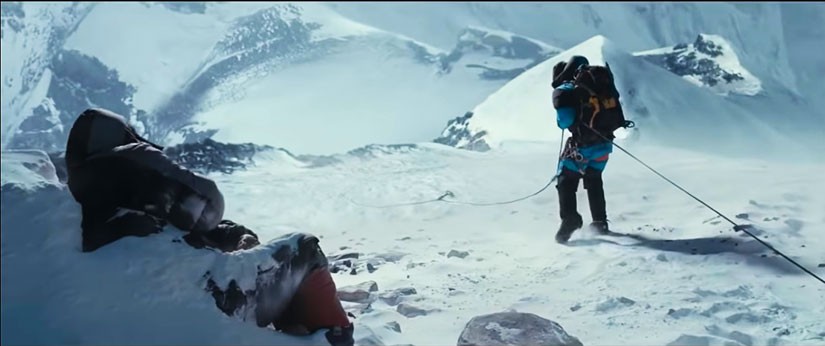
When a climber dies on the peak, mainly the Mount Everest Death Zone, their bodies remain on the mountain itself, as looking for them, and bringing them back is a big trouble. Mount Everest Death zone bodies are the bodies lying around the Mount Everest Death zone area. The Mount Everest Death zone bodies are scattered everywhere, on the cliffs and ridges, in the seracs, and so on, in different shapes. It is natural for anyone who attempts to climb the peak, or reaches here, to come across these bodies.
All the reasons that cause the climbers to die on the peak, whether it be extreme cold, frostbite, low oxygen levels, chances of calamities like avalanches, or accidents like falls, get further intense in the Mount Everest Death Zone, and the chances of death increases. For instance, if a climber suffers from frostbite at lower elevation, may be at around 6500 m, he/ she can still be saved. But in the Mount Everest Death Zone, if someone gets stuck because of frostbite, the chances of survival is close to none.
Mount Everest Rainbow Valley
Mount Everest Rainbow Valley, which is also known as Everest Graveyard, is a section on the Mount Everest Death Zone. The area is full of dead bodies lying here and there, and that is why it’s been given the title Everest Graveyard. The reason why it’s called Mount Everest Rainbow Valley is because the entire place is quite colorful, quite like the splash of rainbow on a white surface. What makes the area so colorful are the multiple colored clothing on those dead bodies. At such an altitude, the bodies remain intact. The decomposition doesn’t occur and the bodies retain their shape, also keeping together the colorful jackets that they had put on while they were climbing the peak, and before they perished.
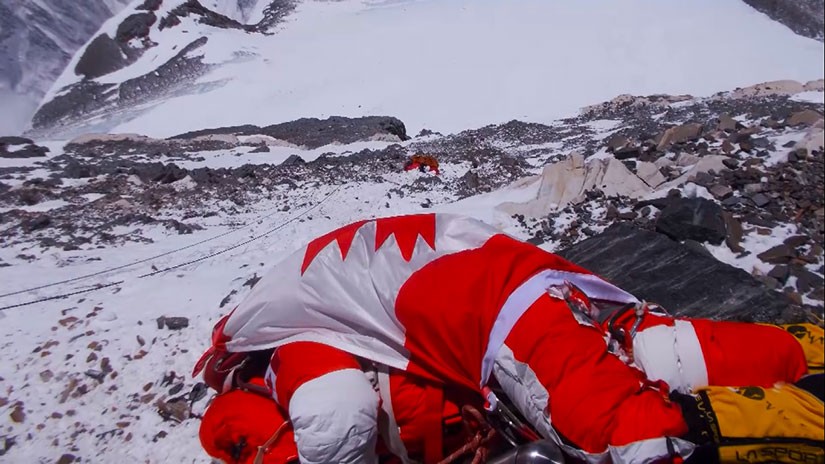
Everest Expedition
Everest Expedition, and most importantly, reaching the top of Mount Everest and taking a glance at the horizon, enjoying the views from the top of Mount Everest, is a dream that tens and thousands of people from all over the world look to materialize. Needless to say that climbing Mount Everest is not an easy task. It takes a climber years of practice and experience to do the impossible. There is nothing that beats the feeling that one gets after conquering Mount Everest. One of the most crucial questions that mountaineers ask before climbing Mount Everest is, “How long does it take to climb Mount Everest?”
To answer the question, “How long does it take to climb Mount Everest?” Altogether, it’s a 65 days long journey, however, the core climbing period is 47 days long. To get the most amazing views from the top of Mount Everest, a climber needs to struggle for a period of 47 days, going up and down the mountain, and facing the process of Everest Climb, the atmosphere, low oxygen level, and all the other problems. The mountaineers also trek during the journey, for around 10 days altogether, right before the Everest Climb, and even after descending from the peak. The remaining days are spent relaxing and in fun.
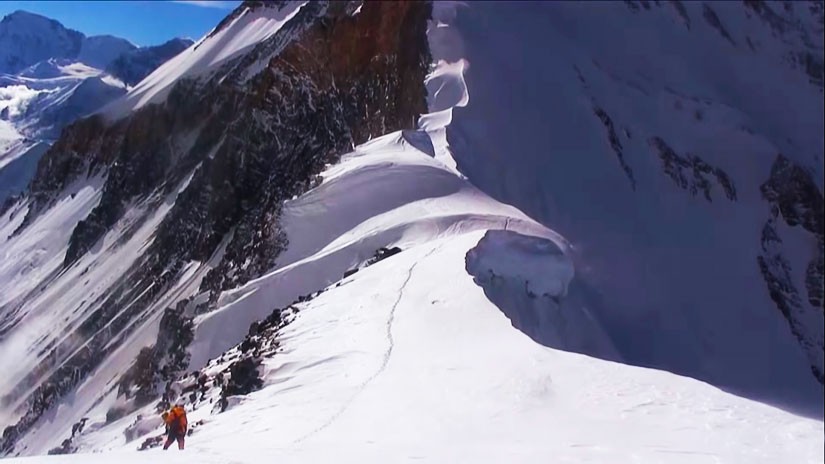
Many climbers have claimed to have come across the supernatural on the Mount Everest Death Zone. There is no evidence as such and so the claim can’t be taken seriously. However, the accusation that Mount Everest Death Zone could be haunted does make people fear it. More than the haunted aspect, it’s the environmental conditions that can prove to be deadly for the climbers willing to reach the peak. So, it is needed for the mountaineer to give their best, and take all the precautions in terms of climbing, unless they want to fall prey to the infamous Mount Everest Death Zone.
High Camp Adventure is a company specializing in adventure tours like trekking and expedition. With years of experience in the field and the most efficient and knowledgeable travel experts working for them, they offer you the most outstanding packages, at a very affordable rate. What makes their services different from that of others is that they focus on client satisfaction. They allow their clients to make changes in the itinerary, so that the journey is personal and it meets their needs. They also offer luxury tours, and different forms of tours like mountain flight and heli tour. Their packages feature the most preferred and as well as off-the-beat tourist destinations in countries like Nepal, Bhutan and Tibet. If you’re looking to go on a holiday in any of these places, and are looking to try activities like trekking and expedition, make sure to choose High Camp Adventure as your travel partner. It’s a guarantee that you’re going love your holiday experience with them by your side taking care of everything.


